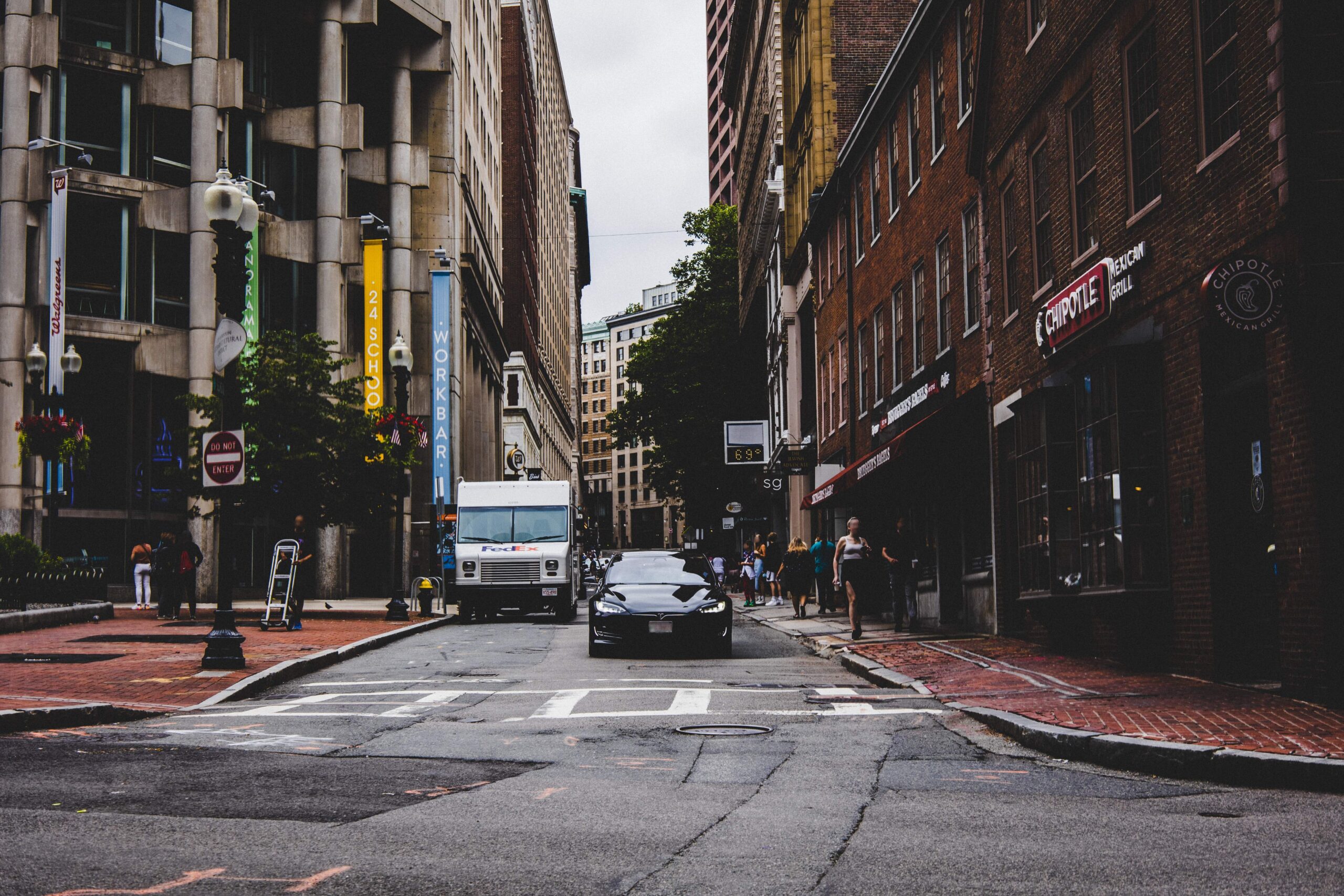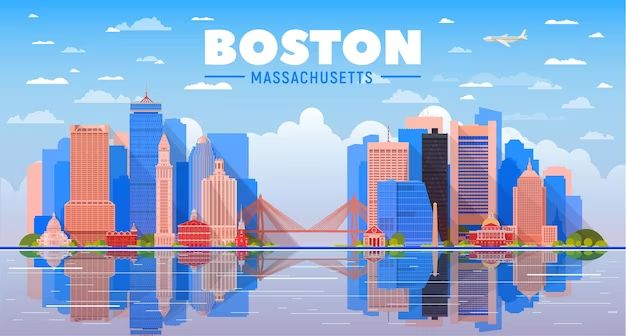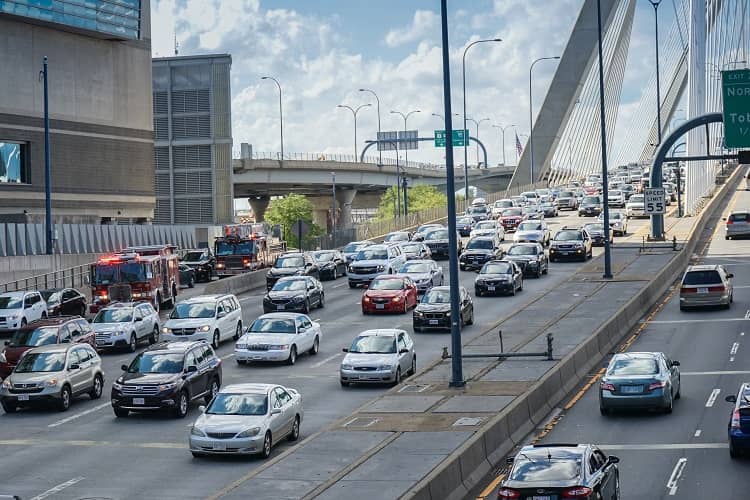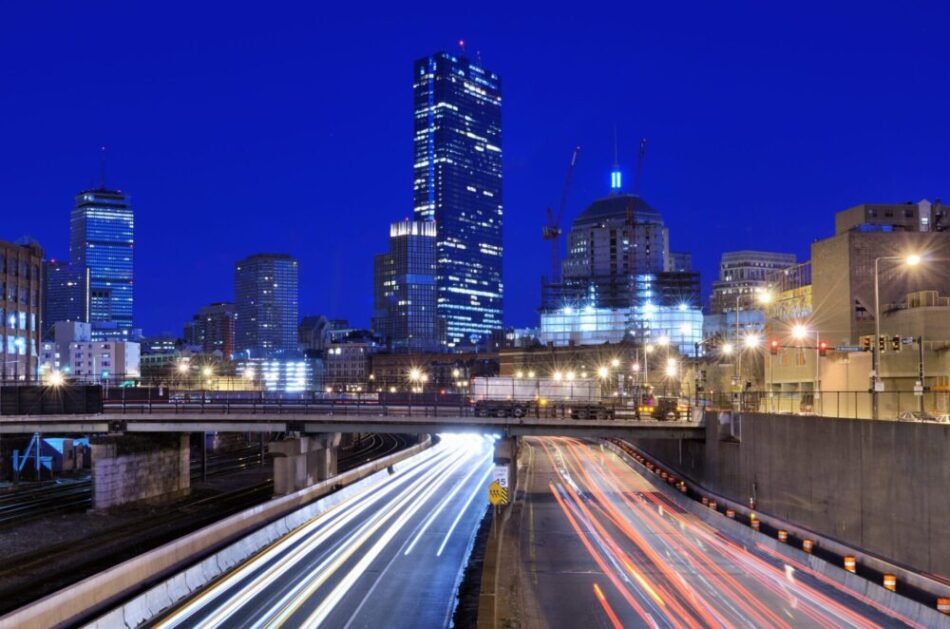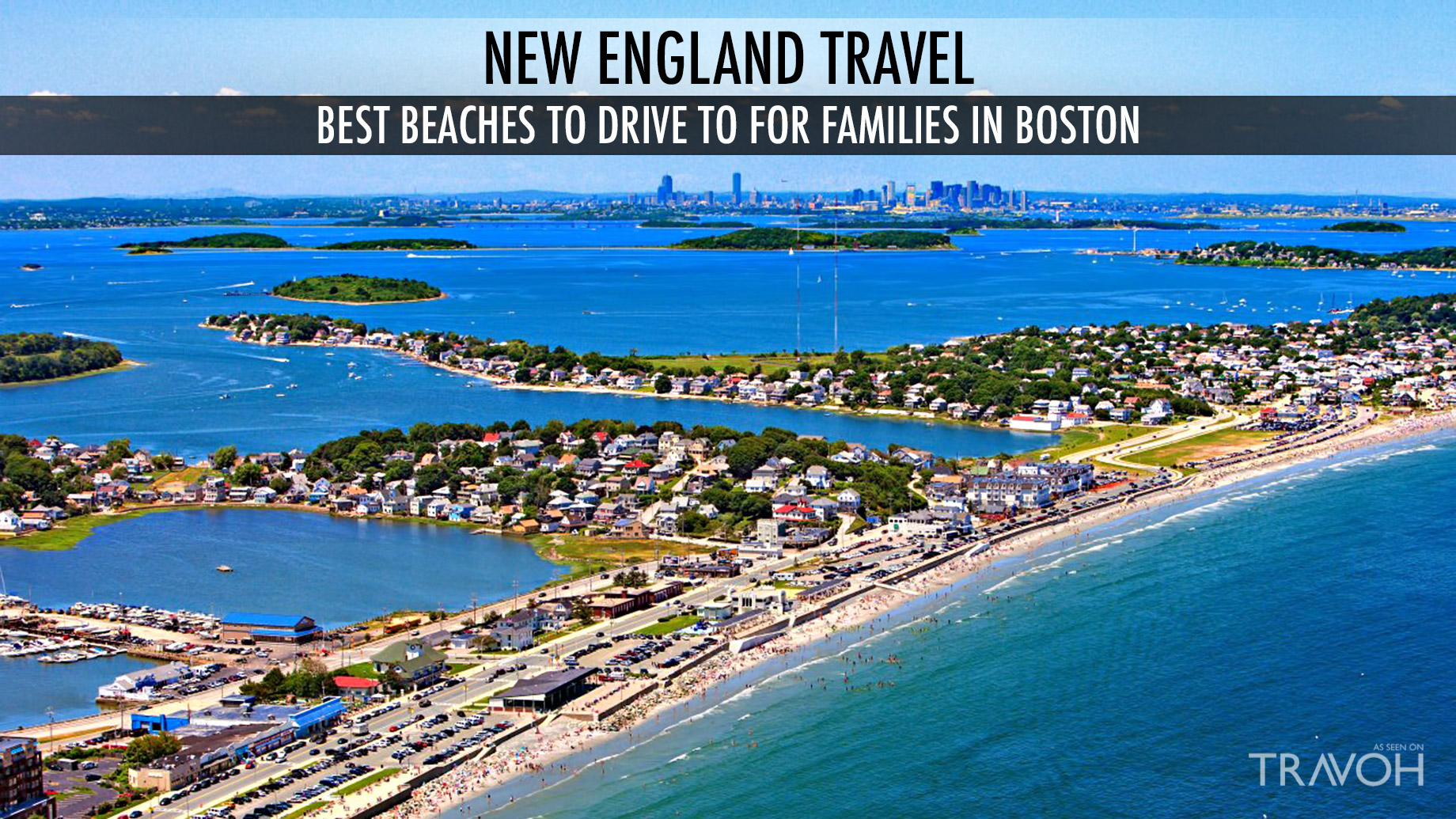Is It Easy To Drive In Boston

Navigating Boston's streets is notoriously challenging. The city consistently ranks as one of the worst for driving, impacting both residents and visitors.
This article dissects the driving experience in Boston, examining the factors contributing to its difficult reputation and providing essential insights for anyone attempting to drive within the city.
The Reality of Boston's Roads
Boston's traffic congestion is legendary. A 2023 INRIX Traffic Scorecard ranked Boston as the 6th most congested city in the U.S.
Drivers lost an average of 64 hours to congestion last year. This translates to significant wasted time and fuel.
The city's historic layout, dating back to the 17th century, contributes significantly. Narrow, winding streets were designed for pedestrians and horse-drawn carriages, not modern vehicles.
Many streets are one-way, creating confusing and circuitous routes. Expect unexpected turns and dead ends.
Key Challenges for Drivers
Aggressive Driving Culture
Boston drivers are known for their assertive style. Aggressive lane changes and close following are common occurrences.
Be prepared for sudden stops and unpredictable behavior from other drivers. Defensive driving is essential.
Parking Scarcity and Cost
Finding parking in Boston is a constant struggle. Available spaces are limited and highly competitive.
Parking rates are among the highest in the nation, especially in downtown areas. Be prepared to pay a premium or walk long distances.
Construction and Road Closures
Boston is perpetually under construction. Road work and infrastructure projects frequently lead to closures and detours.
Check traffic reports and plan alternate routes in advance. Delays are almost guaranteed.
Public Transportation Alternatives
Boston has a comprehensive public transportation system, including the MBTA (Massachusetts Bay Transportation Authority).
Consider using the "T" (subway), buses, or commuter rail to avoid driving in the city center. This can save both time and money.
Navigation Difficulties
GPS navigation can be unreliable in Boston's dense urban environment. Buildings can interfere with signals, leading to inaccurate directions.
Be prepared to supplement GPS with your own sense of direction. Familiarize yourself with key landmarks and neighborhoods.
Data and Statistics
According to a 2024 report by Cambridge Mobile Telematics (CMT), Boston drivers exhibit higher rates of speeding and hard braking compared to the national average.
This data reinforces the perception of a more aggressive driving environment. CMT's findings highlight the need for increased awareness and safer driving practices.
Accident rates in certain Boston neighborhoods, particularly near major intersections, are significantly higher than in other parts of the state. The Boston Police Department publishes accident data online.
Expert Opinions
"Driving in Boston requires patience, awareness, and a strong defensive mindset," says Robert Kraft, a local driving instructor with 20 years of experience.
He recommends anticipating the actions of other drivers and maintaining a safe following distance. He states, "Don't be afraid to yield, even if you have the right-of-way."
Conclusion
Driving in Boston is undeniably challenging. The combination of congested roads, aggressive drivers, and limited parking creates a stressful experience.
Ongoing infrastructure projects aim to improve traffic flow, but significant changes are unlikely in the short term. Residents and visitors should explore alternative transportation options and exercise extreme caution when driving.
The city is constantly working to improve road conditions and promote safer driving habits. Continue to monitor traffic updates and be prepared for unpredictable conditions. Stay informed.
